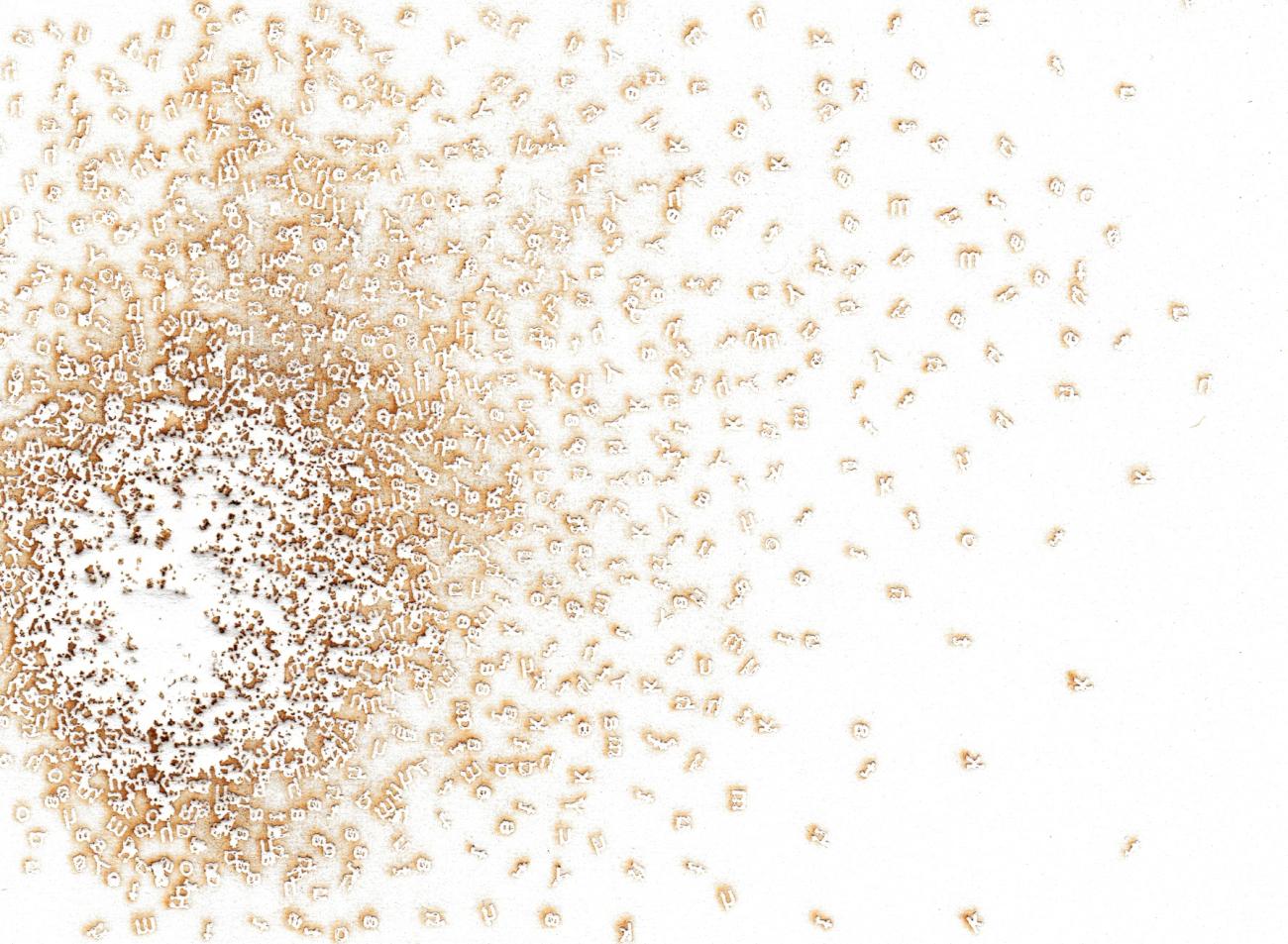
Her solo show, “Limn,” will be featured in the Personal Structures exhibition, running alongside the 61st La Biennale di Venezia in 2026.
Assistant Teaching Professor Iman Djouini, who holds a joint appointment in the UC Santa Barbara Department of Art and the College of Creative Studies, has been selected to present a solo exhibition at the eighth edition of “Personal Structures.” This major international exhibition is featured in parallel with the 61st La Biennale di Venezia (Venice Art Biennale) and is scheduled to run from May 9 to Nov. 2026, in Venice, Italy.
The selection places Djouini on one of contemporary art’s most prominent global stages.
La Biennale di Venezia is widely regarded as the most influential cultural venue in the art world, known for setting new global trends in contemporary art, architecture, film and other fields.

Assistant Teaching Professor Iman Djouini in her studio. She holds a joint appointment in the Department of Art and the College of Creative Studies.
Bringing together influential curators, critics, artists, and institutions, it helps shape what’s seen as current, important or ground-breaking in contemporary art. The “Personal Structures” exhibition, inspired by a groundbreaking 1966 New York show and known for featuring renowned artists such as Yoko Ono, Joseph Kosuth, and Marina Abramović, is expected to draw an estimated 553,000 visitors from around the globe.
Djouini’s solo exhibition, titled “Limn,” promises to be an interdisciplinary experience, reflecting the breadth of her research and artistic practice. The show will feature a series of twelve large-scale, door-sized embossed woodblock prints, an artist book, a public art project involving subtle sound recordings echoing in public spaces, and a video projection that layers animated text with the sound of an underwater human voice.
The works are deeply rooted in research and personal history, drawing from ancient North African folktales that have been recounted over generations by matriarchs through oral traditions. This exploration of cultural memory is central to Djouini’s artistic practice, which investigates the “structural and conceptual connection between pattern and linguistics.”

(Detail) Iman Djouini, Without Words, Laser cut Woodcut on Rives BFK, 8.5 x 11 inches.
Djouini's work often uses typography to investigate how linguistic characters ‘travel, transform, and mutate’ across cultures and time.
"A lot of my work inherently explores what language looks like, both structurally and conceptually,” Djouini explained. “I look at the connection between pattern and linguistics — especially the way languages are affected by migration and, more specifically, by diasporas from North Africa.” Using typography as both a visual and conceptual tool, the “Limn” series will examine how linguistic characters “travel, transform, and mutate across multiple languages, time and cultures.”
This complex, research-based approach, which blends traditional printmaking with emerging technologies and deep humanistic inquiry, is a hallmark of the interdisciplinary environment fostered at UC Santa Barbara. Djouini, whose expertise spans print media, book arts, and placemaking, connects her technical craft directly to her upcoming show.
“I am technically trained in digital and analogue printmaking methods like relief, intaglio and planographic processes. In my current work, I blend carved woodblock printing and the use of natural language processing (NLP), LLMs in order to transform linguistic automation through digital fabrication, highlighting how computational systems and artificial intelligence involve human language like understanding, generating, translating, or analyzing text and speech," she said.
"Relief woodcarving is a long-standing craft found in public architecture and other elements like doors throughout North Africa and the Iberian Peninsula. My work reimagines the door as a portal between the public and private spheres, which is not ornamental but deeply symbolic, with an ability to include linguistic motifs generated from matrilineal oral traditions evoking protection, fertility and female interconnectedness.”
She also finds inspiration in the UCSB community. “Students definitely inspire me every day to think about things in new and better ways,” Djouini shared. “Their vision, their optimism, and also their criticism, are always really valuable.”
Ultimately, Djouini views this selection as an opportunity to share the unique and diverse scholarship emerging from the university with an international audience.